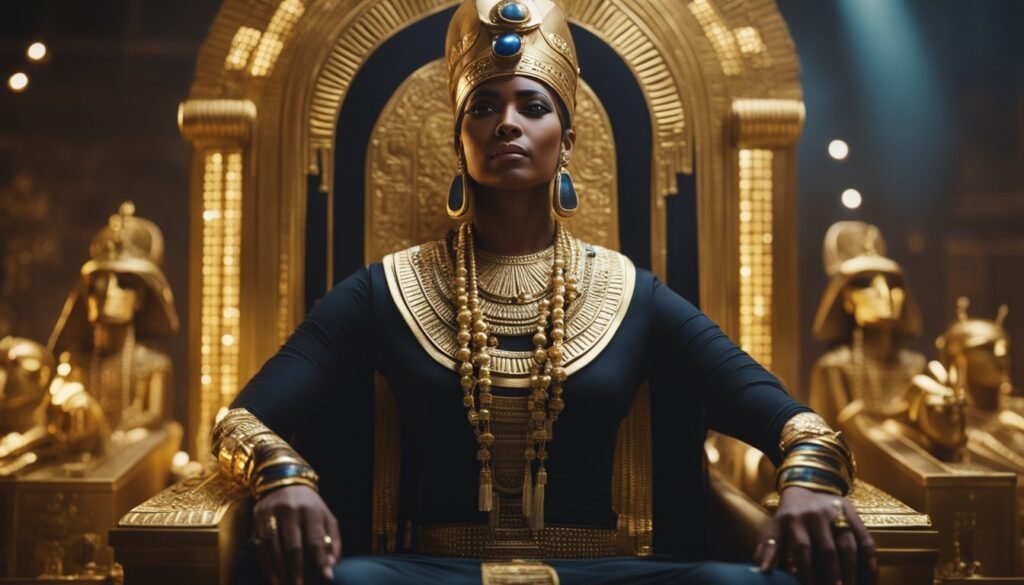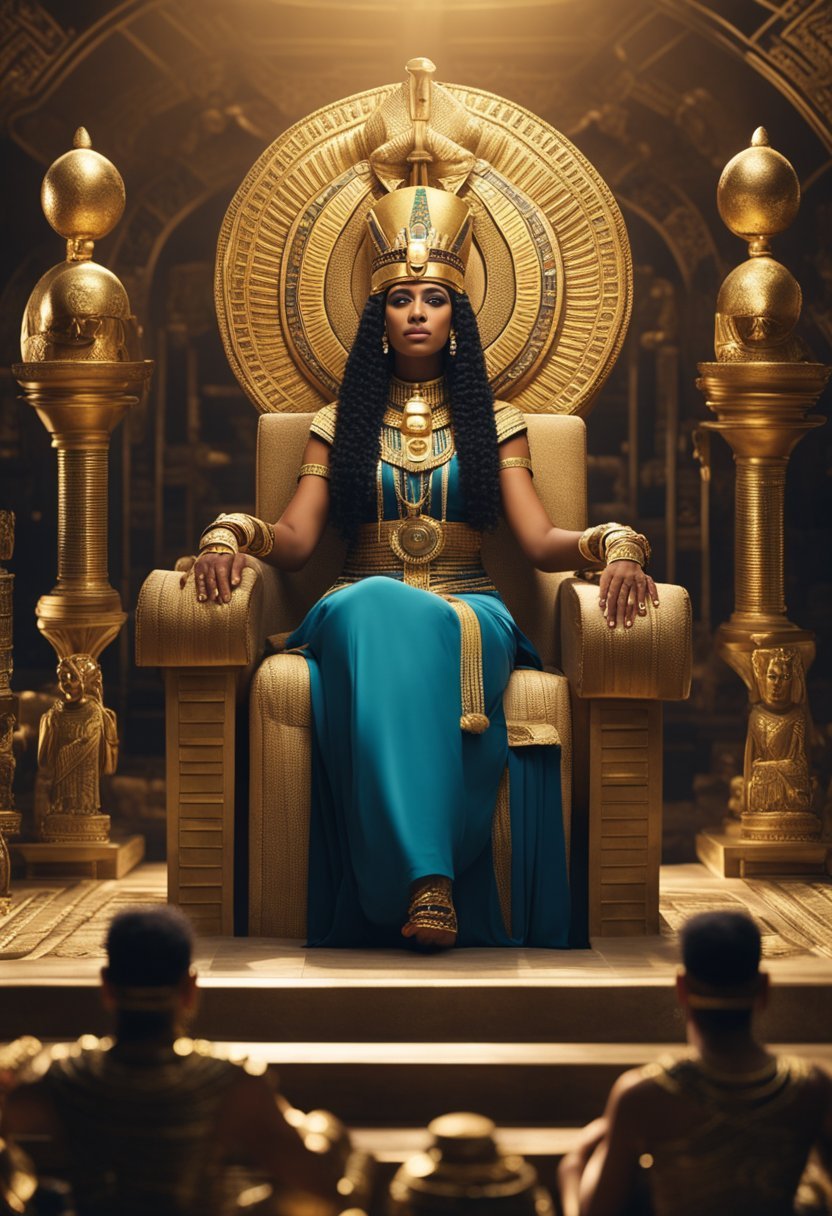Neithhotep, an ancient Egyptian queen consort, ruled during the early First Dynasty and has puzzled historians for years. Initially mistaken for a male ruler due to the grandeur of her tomb, Neithhotep’s legacy is a testament to her significant role. She is believed to have ruled as a regent following the death of her husband, Narmer, until her son, Hor-Aha, came of age.
Her tomb, discovered in the 19th century, was so large and elaborate that early archaeologists incorrectly classified it as that of a king. This monumental structure in Naqada reveals the high regard in which she was held. The relationship she had with Narmer and her role in solidifying the early foundations of Dynastic Egypt highlight her importance in history.
In a time when female rulers were uncommon, Neithhotep’s leadership would have faced resistance from patriarchal segments of society, yet she managed to keep the dynasty stable. Delve into the fascinating life of Neithhotep and uncover the mysteries of this pioneering woman who shaped ancient Egypt.
Historical Significance of Neithhotep

Neithhotep is a prominent figure in early Egyptian history, noted for her status and contributions. This section delves into her titles, her tomb and related artifacts, and her role within the ancient Egyptian society.
Title and Identity
Neithhotep, whose name translates to “Neith is content,” was one of the oldest known Egyptian queens. Neith, the deity her name references, is an ancient goddess often associated with creation and war.
She held titles such as “Foremost of Women” and “Consort of the Two Ladies,” reflecting her high standing. Some epithets labeled her as a regent, suggesting she may have ruled in the interregnum between Narmer’s death and her son Hor-Aha’s ascent to the throne.
Tomb and Artifacts
Her tomb, located in Naqada, is remarkably large, leading early archaeologists to initially mistake it for a king’s burial site. The scale and grandeur of her tomb underscore her importance. Items bearing her name have been found in locations like Helwan, Abydos, and Wadi Ameyra.
Artifacts associated with Neithhotep include seal impressions and labels dating back to the reign of Horus Aha. These artifacts help historians piece together her influence and status, illustrating that she played a significant role during the early First Dynasty.
Role in Ancient Egypt
Neithhotep was not just a consort but potentially a regent, indicating she wielded considerable power. Her possible rulership during Hor-Aha’s minority showcases the unique role women could play in ancient Egyptian politics.
Her association with Neith suggests a divine endorsement, further legitimizing her authority. Neithhotep is often seen as a bridge between the divine and the royal, connecting her family to the gods. This divine connection and her potential regency underscore her critical role in shaping early dynastic Egypt.

Cultural Impact
Neithhotep’s influence resonates through Egyptian royalty and has found reflection in various forms of literature and media, showcasing her importance in ancient Egyptian history.
Influence on Egyptian Royalty
Neithhotep’s legacy profoundly affected the structure and role of royal women in ancient Egypt. She bore significant titles like “Foremost of Women” and “Consort of the Two Ladies,” reflecting her power and status.
Neithhotep’s possible rule as a regent suggests that royal women could hold substantial authority, paving the way for future queens like Hatshepsut. Her association with the goddess Neith further emphasized her divine connection and influence within royal circles.
Representation in Literature and Media
Neithhotep’s life and role have been subjects of various literary explorations and media portrayals. Historical texts and modern works often highlight her titles and achievements, giving her a prominent place in the narrative of early Egyptian history.
Her discovery in multiple archaeological sites, like Abydos and Helwan, adds to her intrigue and representation. Modern articles and documentaries frequently focus on her, emphasizing her significance as one of the earliest known royal ladies in Ancient Egypt.

